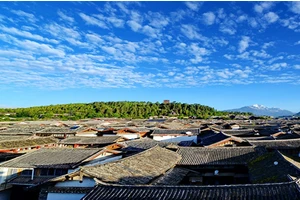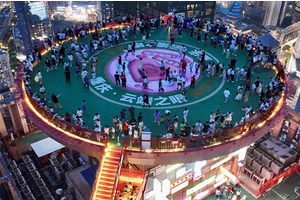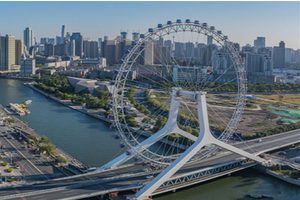Banna travel time
The best time to travel here is from November to April.
According to the inquiry of Ctrip tourism, the temperature in Xishuangbanna will not be particularly high from November to April of the following year, and it is still dry season from November to February of the following year, and the weather is fine, which is suitable for playing. Although the rainy season begins from March to April, the temperature in Banna will not be very high at this time, and there will be a water-splashing festival from March to April, so you can feel the local ethnic customs.
Xishuangbanna is a flat dam surrounded by mountains, located at the southernmost tip of Yunnan Province, where there is a tropical rainforest. So when is the best travel time in Xishuangbanna?
Xishuangbanna is divided into dry season and rainy season, in which November-May is dry season, and the weather is cool, which is the peak season for tourism, especially in April when there is a grand water-splashing festival, and June-October when it is rainy season, and the weather is hot and humid. But during this time, you can taste all kinds of fruits when you travel to Banna, and at this time, there are fewer tourists and the expenses in all aspects are reduced.
When you go to Xishuangbanna, you must bring enough T-shirts and shorts, and you'd better bring a thin coat, because it's a little cold in the morning and evening, and sandals must be ready. When you get there, you wear sandals every day, and sports shoes are absolutely unbearable.
Dry season (November-May: When the weather is hot, sunglasses, sunscreen, mosquito repellent, sun hat and heatstroke prevention drugs are essential.
Rainy season (June-October: it is hot and humid, and sweat will stick to the skin as soon as it comes out. It is recommended to bring a small towel when going out. Umbrella, mosquito repellent, sunscreen and heatstroke prevention drugs (such as Huoxiang Zhengqi Capsule) are essential.
Xishuangbanna is the only tropical rain forest nature reserve in China, a national ecological demonstration zone, a national scenic spot and a member of the United Nations biodiversity conservation circle, with 1/6 plant species and 1/4 animal species, and the forest coverage rate is 80.8%. Xishuangbanna is the second largest natural rubber production base in China, the birthplace of Daye tea and the hometown of Pu 'er tea, with one 5A scenic spot and nine 4A scenic spots.






